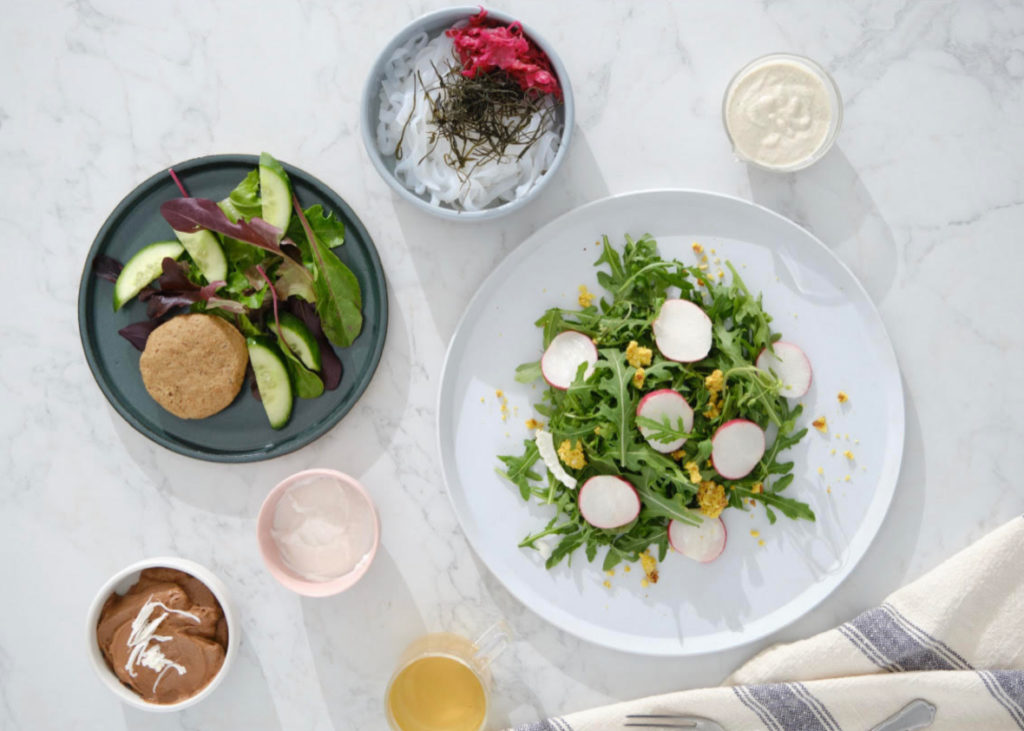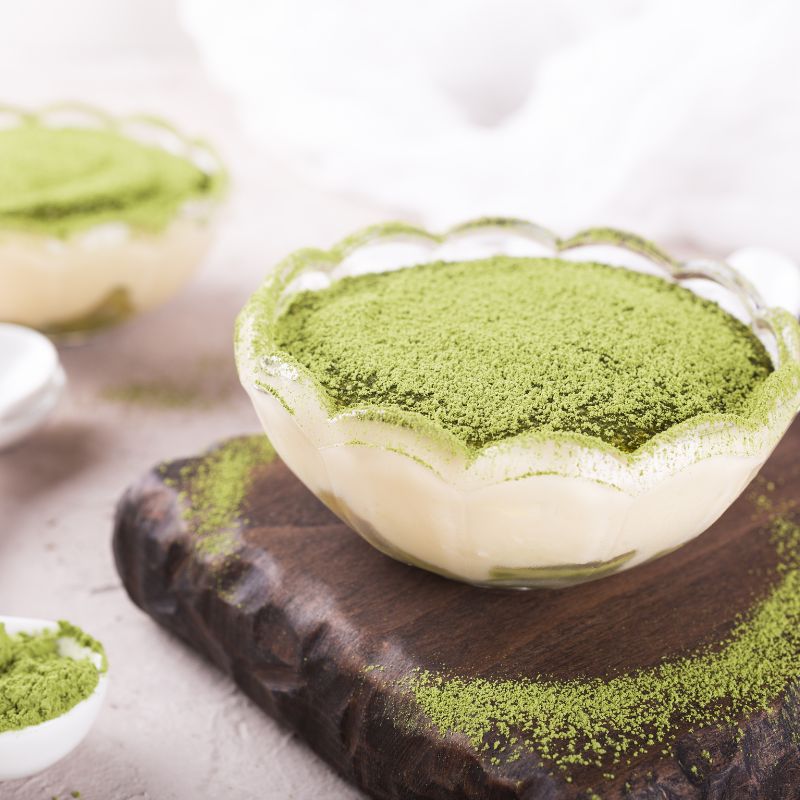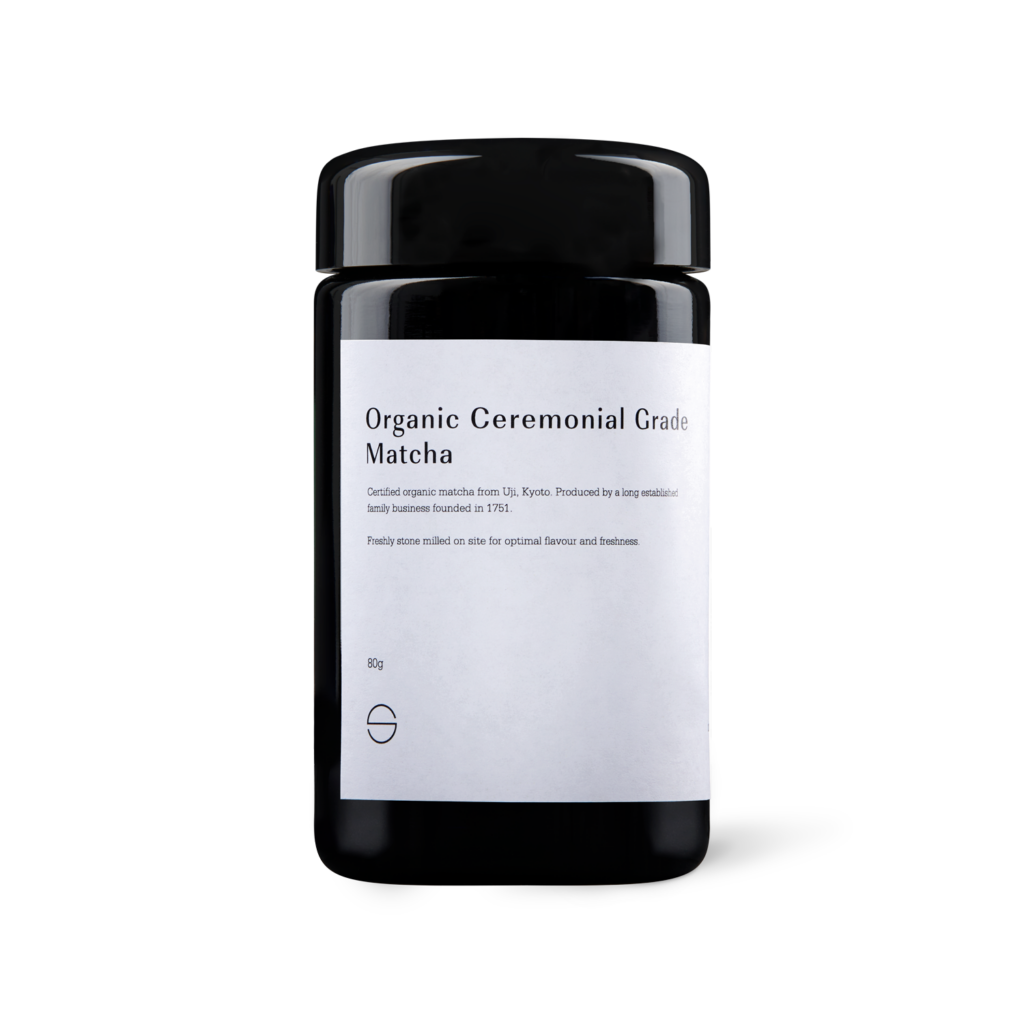
Transition to Autumn: Nourishing the Body, Mind, and Spirit
As the days grow shorter and the air becomes crisp,

Kick-start, energise, rejuvenate
All carefully planned and prepared to help nourish, reset and rejuvenate the body and mind.

You probably know that matcha is a delicious herbal addition to smoothies, lattes, and baked goods, or as a tea. Did you know, though, that there are two major “grades” of matcha: ceremonial matcha and culinary matcha? Neither of the grades is better, but they are certainly different. In this brief guide, we’ll help you understand those differences so you can get the most out of the matcha you buy.
To understand what makes ceremonial matcha special, you first need to understand that there is a rich history and culture behind matcha. Ever since it was originally cultivated by China and introduced to Japan during the 13th century, ceremonial matcha has been an important part of Eastern culture and even some religious ceremonies.
Today, some people enjoy matcha for its subtler properties in the way that people might appreciate high-quality coffee or wine. For those “matcha purists”, unadulterated ceremonial matcha is the gold standard.

The biggest benefit of ceremonial grade matcha when compared to culinary matcha is the higher amount of chlorophyll it contains. The result is that it gives the drinker an energized feeling, similar in effect to a basic caffeine buzz but without the crash or any of the possible negative side effects. Chlorophyll also helps to ward off sickness in the long term.
Ceremonial matcha also contains lots of:
In other words, it’s a powerhouse of vitamins and micronutrients, all packaged in a powder with a complex and subtly sweet flavor.
Read more: Getting Good Quality Matcha
To enjoy the subtle flavor of ceremonial grade matcha, you’ll want to make a simple tea or latte with it. The steps are relatively straightforward:
Read more: Raw Vegan Matcha Mousse Panna Cotta Recipe
Culinary matcha is the bolder and more pronounced form of matcha used to flavor sweet drinks and baked goods. It is to ceremonial matcha as pre-made espresso is to freshly-grond arabica coffee beans. That is, it’s less refined and more easily adds matcha flavor to recipes with other strong flavor profiles.

In terms of health benefits, the main advantage of culinary matcha vs ceremonial matcha is the higher levels of antioxidants it contains. They make culinary matcha very good for your immune system and even contribute to cancer prevention, so their addition is a good way to offset the negative health effects of the sugary recipes it is normally added to.
Culinary matcha powder is very easy to use. Just toss it into a smoothie, mix it into ice cream, or knead in into a baked good during preparation to add a pleasant twist of flavour!
If you prefer a purer matcha drink but still want to enjoy the bold flavour of culinary matcha, follow these steps to prepare a sweet culinary matcha latte:
When it comes to ceremonial vs culinary matcha, the main differences come from when the matcha is harvested and what part of the matcha leaf is used.
Ceremonial matcha is only harvested during the first matcha harvest of the year, which occurs at the start of Summer. The harvesters choose only the softest leaves and take only the bodies of the leaves (not the stems or veins).
Culinary matcha comes from the entire leaf, and the leaves selected for culinary matcha can be a bit harder. Not only does that mean harvesting is easier, but it also means that all the matcha grown in the second harvest season of the year becomes culinary matcha.
The harvesting methods and times result in several differences between ceremonial and culinary matcha, outlined in the table below.
| Matcha Grade | Ceremonial Matcha | Culinary Matcha |
| Primary Use | Traditional Japanese tea ceremonies, standalone tea or matcha latte | Culinary applications: cooking, baking, smoothies |
| Cost | Higher quality, premium pricing | Lower cost, affordable for cooking |
| Colour | Vibrant green hue | Duller green color |
| Flavour | Delicate, sweet, vegetal notes | Bold, distinct, earthy |
| Texture | Fine, smooth consistency | Coarser texture |
| Nutritional Value | Lots of chloraphyll, amino acids, and vitamins | Lots of antioxidants |
If you’re interested in trying out the subtler and more complex ceremonial matcha for yourself, Shoku Iku offers the highest-grade version available – Ceremonial Uji Matcha.

Reference:

As the days grow shorter and the air becomes crisp,

Marine phytoplankton, the microscopic organisms that form the foundation of

In recent years, the skincare industry has significantly shifted towards
Copyright Shoku Iku © 2024 | All Rights Reserved.
The statements on this website have not been evaluated by the TGA or FDA. These products are not intended to diagnose, treat, cure or prevent any disease.
Sign up to receive your discount.